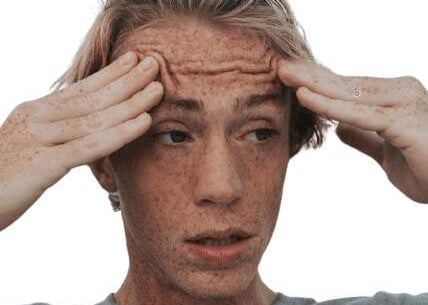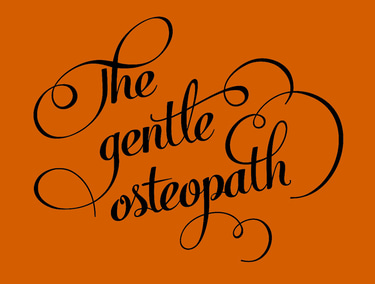

Headaches are a very common condition that affects many of us. At any one time, about 15% of Australians are taking pain relief to reduce headache symptoms[i].
Headaches range in severity from discomfort so debilitating that you must lay down.
It is always important to make sure that the headache is not the result of an underlying serious medical condition. The cause of persistent headaches needs to be resolved by identifying the cause and correcting the issue.
An osteopath is trained to identify problems in the body’s muscles, joints, tissues and is skilled at identifying the causes of many types of headaches.
When the underlying cause is not clear, osteopaths can refer for further investigation.
Common headaches that I have seen in the clinic are: -
Tension in the forehead
Cervicogenic headaches
Migraines
[i] https://www.betterhealth.vic.gov.au/health/ConditionsAndTreatments/headache
